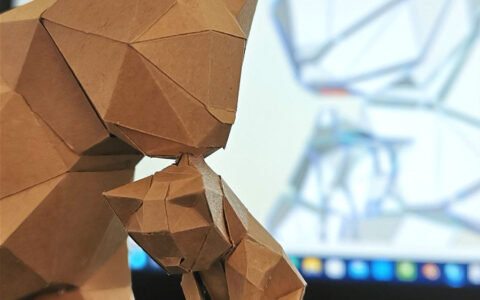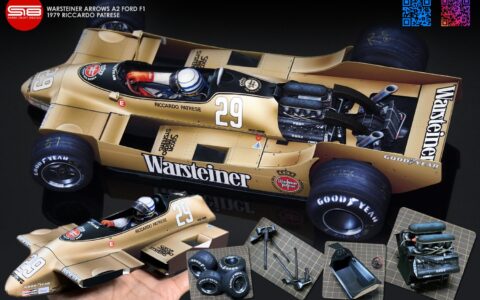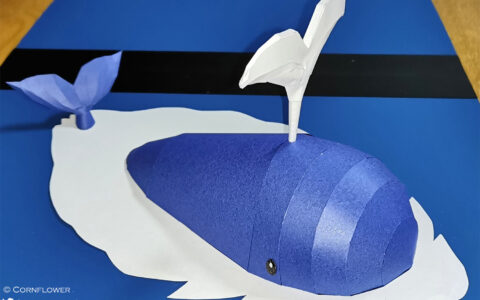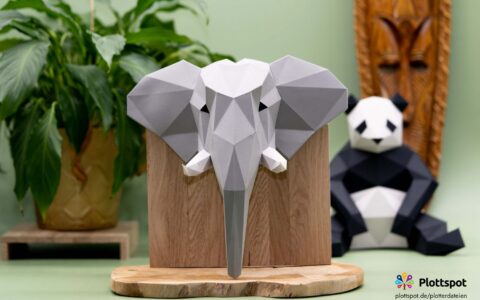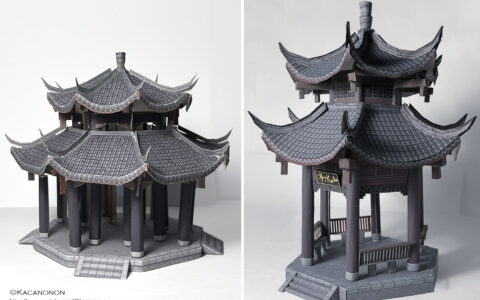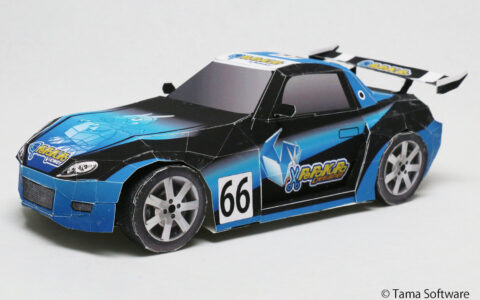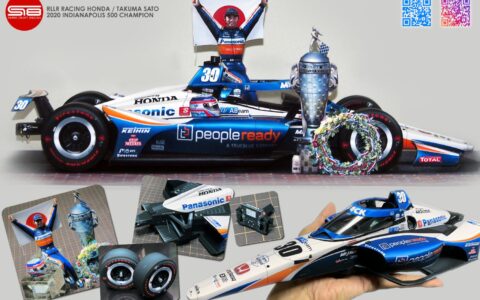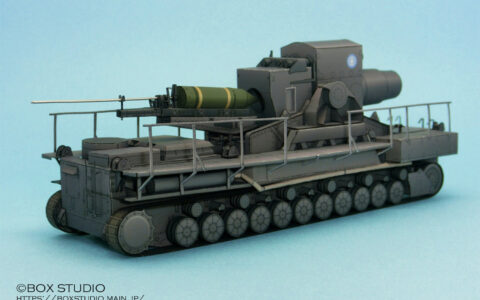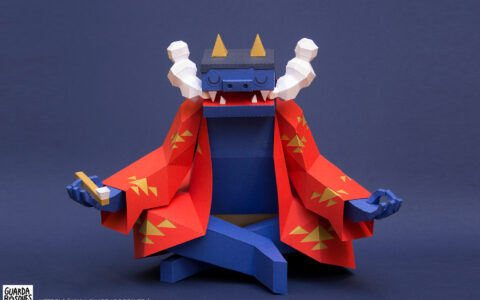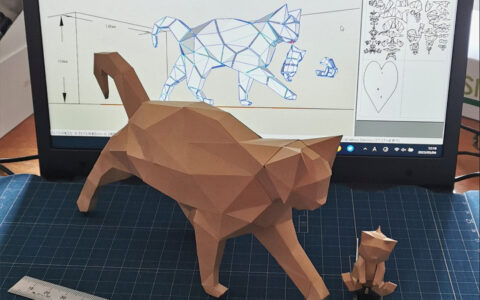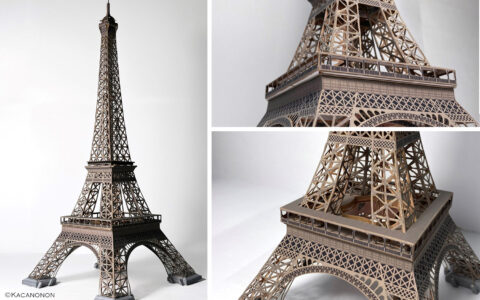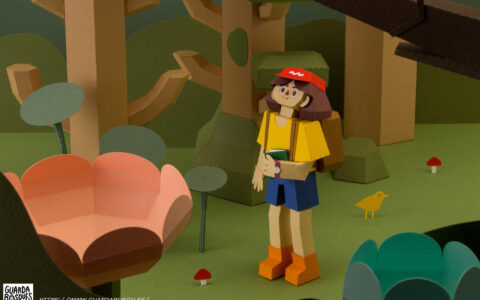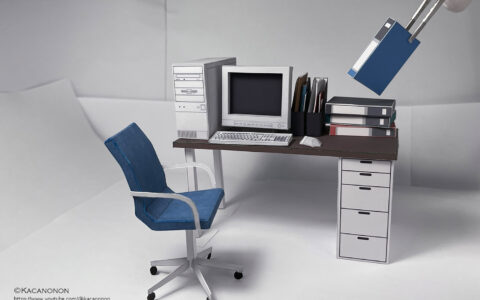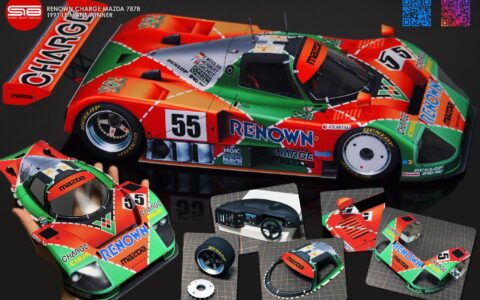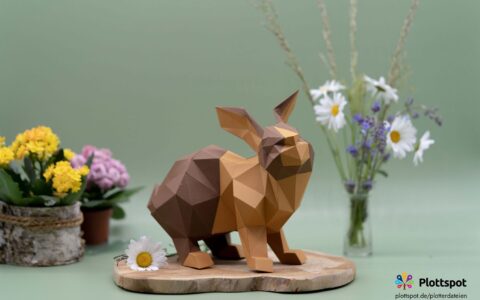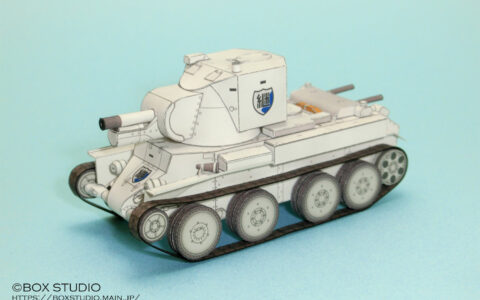About the Product
Pepakura Designer transforms 3D CG models into unfolded patterns for paper crafting.
“Discover the art of paper crafting with Pepakura Designer, the tool that seamlessly turns 3D models into 2D patterns ready for cutting, gluing, and assembling. Experience the joy of bringing digital creations to life with precision and detail. Elevate your craft, whether you’re a hobbyist or a professional designer.”
Pepakura Designer transforms 3D CG models into unfolded patterns for paper crafting.
Limitless Creations: Discover the World of Possibilities with Pepakura Designer
